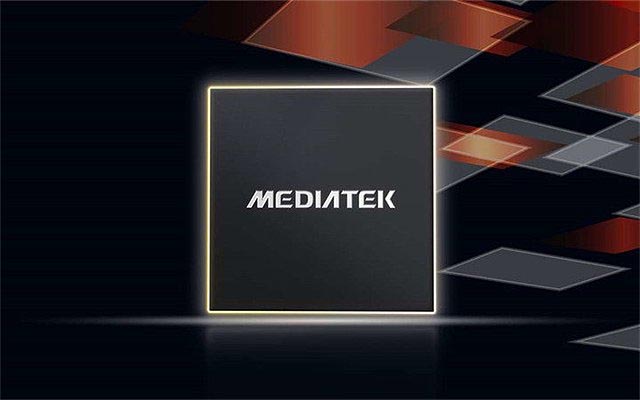The chipset is a crucial component of smart projectors, providing efficient processing power and robust decoding capabilities. MediaTek’s MT9679 chip is currently considered one of the most powerful chips for smart projectors. But how does the latest MT9660 chip perform, and what are the differences between MT9660 and MT9669? Is there a significant gap between MT9660 and MT9669?

What are the differences between MT9660 and MT9669?
1. Architectural Differences:
- MT9669 employs a quad-core Cortex-A73 architecture, offering powerful computational processing capabilities.
- On the other hand, the MT9660 chip utilizes a quad-core Cortex-A55 architecture with a clock speed of up to 1.53GHz. While the architectures differ, both chips deliver excellent computational performance.
2. Display Technology Differences:
- Both chips support 4K decoding capabilities. However, MT9660 supports a maximum refresh rate of 60Hz, while MT9669 supports a higher refresh rate of 120Hz. A higher refresh rate provides a smoother visual experience.
3. Dolby Effects Differences:
- Both MT9660 and MT9669 support Dolby Audio for immersive surround sound. However, MT9669 also supports Dolby Vision, providing a more realistic visual experience.
4. 3D Playback Functionality Differences:
- MT9669 supports 3D playback functionality and can convert 2D images into 3D displays, offering enhanced video conversion capabilities. MT9660, however, does not support this feature.

Is the Gap Significant Between MT9660 and MT9669?
While there are differences between the two chips, the gap is not particularly significant. MT9669 offers slightly stronger performance with support for higher refresh rates, larger operating space, and additional features like Dolby Vision and 3D conversion. However, in practical usage, users are unlikely to perceive a noticeable difference. Both chips perform well in decoding mainstream video formats such as AV1, H.264, H.265, VP9, ensuring smooth playback of high-resolution videos. Additionally, both chips support USB 2.0 and HDMI 2.1 interfaces, providing higher data transfer rates to prevent lag effectively.
In conclusion, while MT9669 may offer slightly enhanced capabilities, both MT9660 and MT9669 provide robust performance for smart projector applications, meeting the needs of users looking for high-quality visual experiences.




